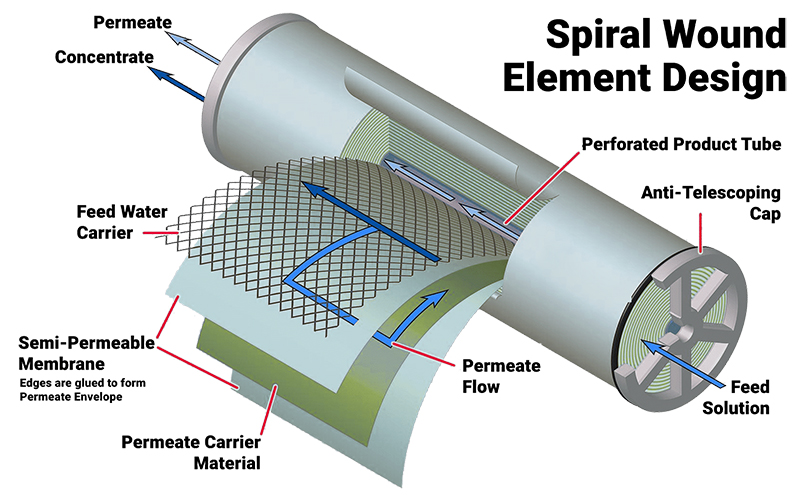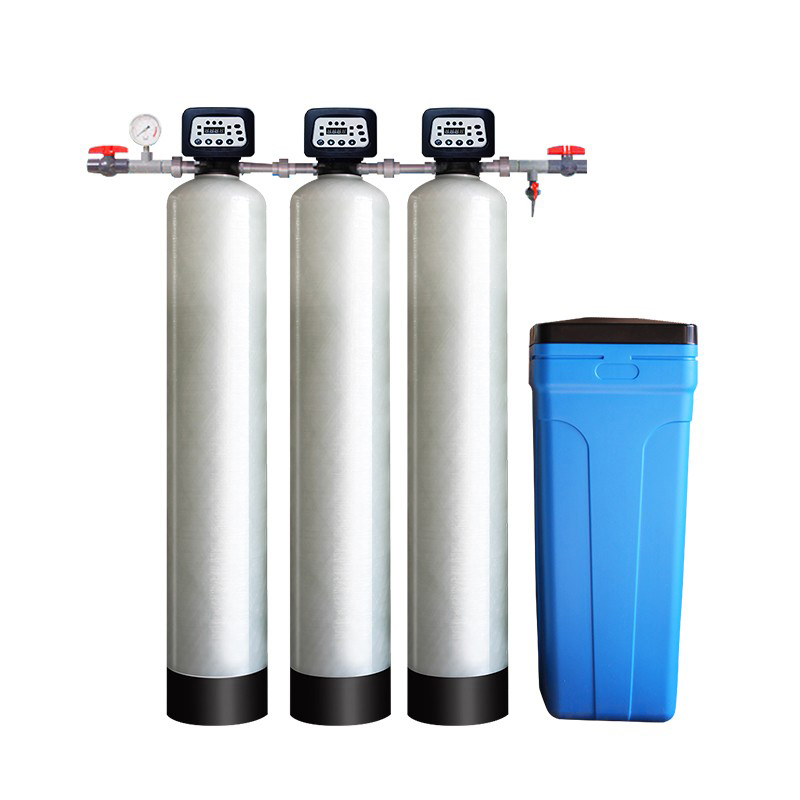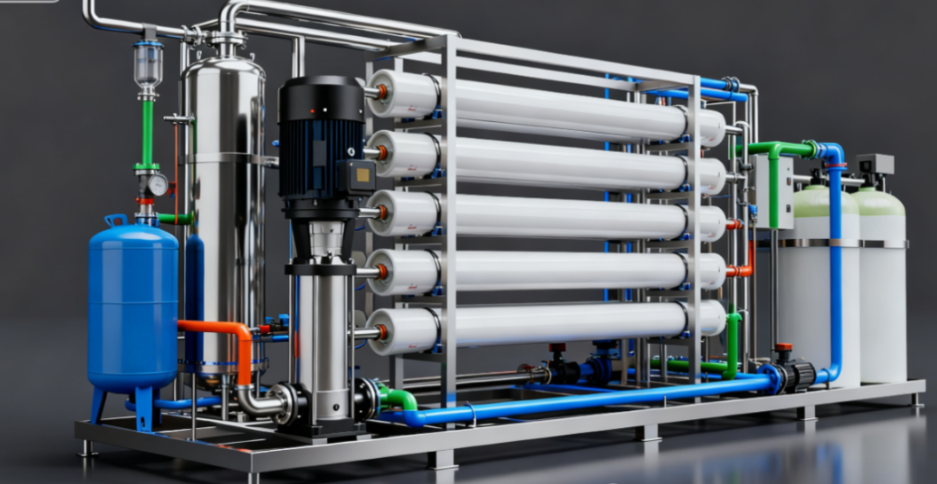
 Application of Reverse Osmosis Technology in Industrial Ultrapure Water Production
Application of Reverse Osmosis Technology in Industrial Ultrapure Water Production
 Small Industrial RO Systems Keep Breaking Down? 5 Common Failures + Solutions to Streamline Maintenance
Small Industrial RO Systems Keep Breaking Down? 5 Common Failures + Solutions to Streamline Maintenance
 Knowledge Summary on Water Softening and Water Softening Equipment
Knowledge Summary on Water Softening and Water Softening Equipment
 From Turbid to Clear: The Working Secrets of Reverse Osmosis Systems
From Turbid to Clear: The Working Secrets of Reverse Osmosis Systems